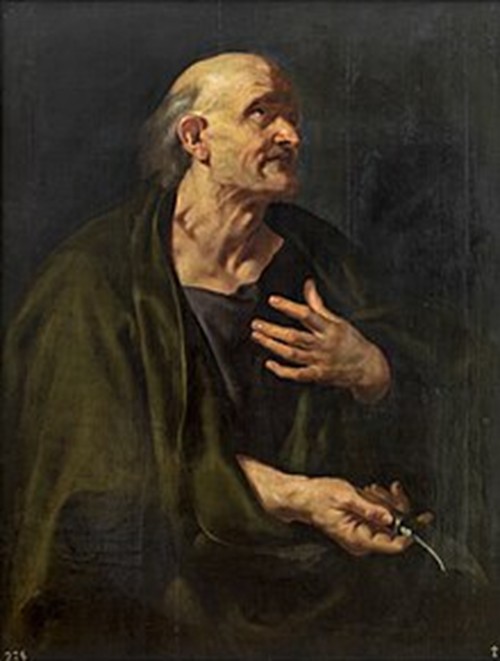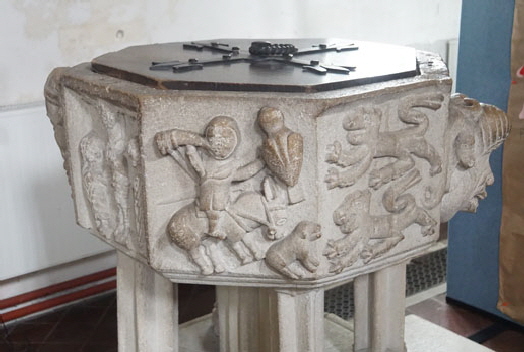What Three Words: sorters.landscape.composes
OS Grid Reference: SX104597
With its unique spire in Cornwall, St Bart's has long been the centre of the community and is one of its oldest buildings. Until the First World War, the church bell was the town’s only fire alarm
The parish church dates from the 13th century and may have been built on the site of an earlier chapel. Originally, paying its dues and tithes to the mother church at Lanlivery, it remained a chapelry of Lanlivery until the mid-15th Century, but it had been virtually autonomous since the 13th century. The church is dedicated to St Bartholomew, patron saint of tanners, which reflects the importance of tanning in Lostwithiel during the medieval period. It is one of the largest churches in Cornwall.
While the building and the tower date from the 13th century, the octagonal lantern dates from the 14th century, and the spire has been replaced more than once, most recently in 1876. The base of the tower, originally an open passageway, was enclosed in 1878. The east window is said to be the finest piece of fourteenth-century tracery work in the county. Evidence of damage inflicted during the Civil War in 1644 can still be seen on the stonework.
During 19th century renovations, tombs containing the coffins of a man and a woman were discovered built into cavities, now visible, in the south wall. These were believed to be the bodies of Robert de Cardinan and his wife Isolda and were reinterred in tombs in the churchyard. There is, however, considerable doubt about their identity.

The church is dedicated to St Bartholomew, portrayed above by Rubens, reputed to be one of the 12 apostles of Jesus and a life-long preacher of the gospel in India and Armenia. Legend holds that he made so many conversions in Armenia, including its king, that a member of its royal family ordered him to be punished by being flayed alive and then beheaded. His flaying – removal of the skin from his flesh – led to his veneration as the patron saint of tanners and leather workers, perhaps explaining the adoption of his name for the Lostwithiel parish church. There are also tales about the fate of his body after his death: a piece of his skin and some of his bones are supposed to be held in a basilica in Benevento, Italy, a church in Rome and a cathedral in Azerbaijan claim to hold body parts, his skull is reputedly held by Frankfurt Cathedral, and Canterbury Cathedral claims an arm.
Inside the Church is an interesting 13th century font, which suffered much damage in the Civil War of the 17th century, when parliamentary troops occupied and desecrated the church. Along with a crucifixion scene, the font is decorated with two hunting scenes depicting the Deer Park, the image of a Bishop, or perhaps the Prior of Tywardreth, sprouting greenery, and a rather bizarre Grotesque (see photo below). The hunting scenes and lions would seem to represent the Cardinan family, Earls of Cornwall and patrons of the Church. Some commentators have interpreted the Bishop as echoing pagan imagery of the Green Man and the Grotesque as being an image of a beast, perhaps a goat, ox, or ape. A more realistic interpretation is, perhaps, that the vines around the Bishop symbolise the danger that even clerics can become ensnared by the forces of evil, an imagery found in a number of other churches. This interpretation is underlined by the possibility that the Grotesque is a man, possibly a monk, caught in the grip of Satanic serpents that cause him such anguish. The Earl, perhaps, required the mason to depict his secular authority and religious views for the benefit of the parishioners. The font undoubtedly gave the parishioners much to reflect upon.
